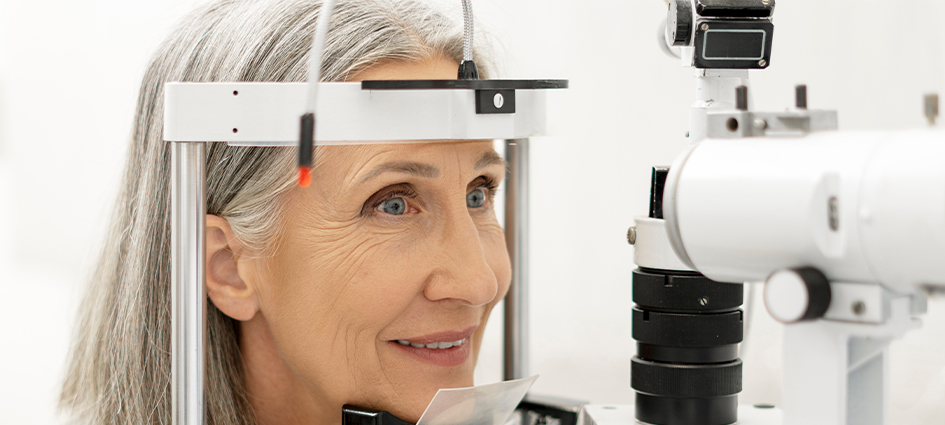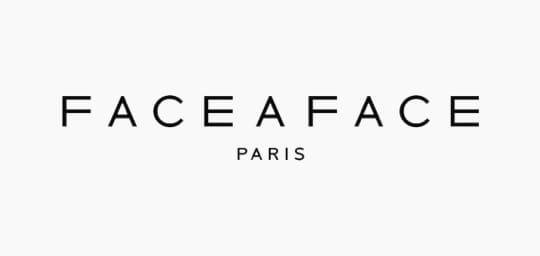Glaucoma is a group of eye conditions that can lead to irreversible blindness. Its early stages can be largely symptomless—a key reason glaucoma is so dangerous—which underscores the importance of identifying potential risk factors, including the genetic component.
Glaucoma can be hereditary, so if the condition runs in your family, you should take extra care to have your eyes examined by an optometrist. Vision loss from glaucoma doesn’t have to be inevitable, and proactive care can go a long way in preserving your vision.
What Is Glaucoma?
Glaucoma is not a singular disease but a group of diseases that damage the optic nerve, the vital communication link between the eyes and the brain. This damage is often caused by elevated pressure within the eye, but that’s not always the determining factor. Your eye pressure is often referred to as your intraocular pressure (IOP), and it is one of the factors that optometrists measure during an eye exam.
There are many types of glaucoma, including:
- Open-angle glaucoma: Open-angle glaucoma, the most common type, is characterized by increasing IOP despite a wide open angle between the iris and cornea. While this open-angle should allow fluid to drain from the eye, for one reason or another, it doesn’t. If left untreated, this can strain the optic nerve, leading to gradual vision loss.
- Angle-closure glaucoma: Angle-closure glaucoma occurs when the angle between the iris and cornea is narrow. This can almost completely prevent fluids from draining, resulting in a sudden increase in eye pressure and noticeable symptoms like eye pain and blurred vision.
- Secondary glaucoma: Secondary glaucoma develops as a consequence of another eye condition or disease, such as eye trauma, inflammation, diabetes, or certain medications.
- Normal-tension glaucoma: Normal-tension glaucoma is a unique form where optic nerve damage happens even though the eye pressure levels remain within the normal range. Experts aren’t sure why this happens, emphasizing the importance of regular eye check-ups for early detection.
Glaucoma Symptoms
Glaucoma can challenge our preconceptions of illness since it can often progress without symptoms. By the time symptoms like loss of peripheral vision or tunnel vision manifest, significant damage has typically occurred. This late discovery is why glaucoma is one of the leading causes of blindness worldwide and is often referred to as the “silent thief of sight.”
In the early stages of glaucoma, you may not show any symptoms and only realize the problem once your vision has been significantly affected. One of the first signs you may notice is a loss of side or peripheral vision, which can eventually lead to tunnel vision.
However, some types of glaucoma can cause severe, noticeable symptoms, such as angle-closure glaucoma. These symptoms can include:
- Eye pain
- Headaches
- Blurry vision
- Light sensitivity
- Halos around lights
- Watery eyes
- Nausea or vomiting
- Rapid vision loss
If you notice any of these symptoms, contact your optometrist immediately. Early intervention can save your vision.
Influences on Glaucoma
The genetic basis of glaucoma is complex, involving multiple genes that interact with each other and with environmental factors. Studies have revealed that the risk of developing glaucoma is substantially higher if you have a parent with the disease, and the risk may increase further if multiple family members are affected.
While your family tree may provide clues to your glaucoma risk, it’s only one branch of the overall risk profile. Non-genetic factors that can contribute to glaucoma include:
- Age
- Corneal thickness
- Eye injuries
- Steroid use, such as inhalers for asthma
- High myopia, also called nearsightedness
- Hypertension
Detecting & Managing Glaucoma
Detecting glaucoma in its early stages is key to managing the condition and protecting your vision. When you visit your optometrist for an eye exam, we use a variety of tests, each designed to pick up on the early warning signs of glaucoma. As you get older, these tests become more vital.
One such test is the visual field test, which assesses peripheral vision and can identify any early vision loss often missed in day-to-day activities. Another important examination is tonometry, a gentle and quick test that measures the pressure inside your eyes since high pressure is a key risk factor for glaucoma.
Your optometrists may perform further examinations of the optic nerve through a dilated eye exam. Optical Coherence Tomography (OCT) scans are also very important for early glaucoma detection and monitoring of the disease. An OCT scan works similarly to ultrasound, except it uses light in order to take cross section pictures of the layers of your retina, allowing it to measure and map their thickness.
If you find yourself on the path of glaucoma, all is not lost. You can take proactive steps to manage the condition and preserve your vision. While you can’t change your genetics, regular exercise can help lower your blood pressure and improve your cardiovascular health which is beneficial in maintaining blood flow to the optic nerve.
Glaucoma treatment typically involves reducing IOP. The most common method is medicated eye drops, which are used daily to reduce the amount of fluid the eye produces or promote greater drainage. In severe cases, your doctor may recommend a surgical option to lower eye pressure quickly. Unfortunately, any damage already done is permanent.
Take the Proactive Step with an Eye Exam
The hereditary link to glaucoma is a call to action, not the end of the story. You can help mitigate your risk by learning about the factors behind glaucoma and taking the steps to face them. Awareness, preventive measures, and timely interventions can lead to a life with clear, healthy vision.The Cowichan Eyecare team is here to talk openly about your family’s medical history and help you take the reins of your eye health with informed decisions and concerted actions. Knowledge is power when it comes to your eye health, so book your appointment today.














